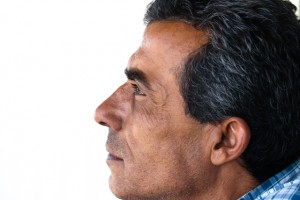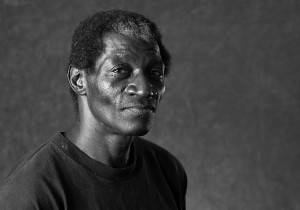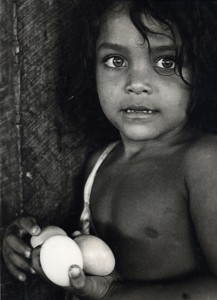End Child Hunger in Yavapai County, Arizona
One in three children in Yavapai County, northern Arizona, doesn’t know where his/her next meal will come from, skips meals, or gets up from the table still hungry. While some students may get free or reduced price meals at school they lack regular meals at home. And, that’s not counting the pre-school children. In all, that translates to 15,000 hungry little bellies.
This brief documentary (12 minutes) focuses primarily on those most deeply affected: the children. The goal in making this film was to let the young people themselves drive the video as much as possible. At times children interviewed their parents and teachers, often asking very insightful questions. Children speak about how it feels to be hungry. They speak about how it feels to watch their parents sacrifice and how it feels to go to a food bank for food. In the documentary children engage in learning about healthy food choices, healthy life styles, and ways to help other children who face hunger. Although there are some interviews with the “experts,” such as a pediatric nurse, a principal, teachers, and food bank directors, the real experts are the children themselves. The narrator of the documentary is a student devoted to alleviating child hunger.
Parts of rural Northern Arizona rank with Mississippi, and now New Mexico, two states with the dubious distinction of being most filled with people facing withering poverty. Yavapai County, approximately the size of the state of Massachusetts, recently had a poverty rate of more than 20%. That means many children live in homes where they can’t count on food. But its not only the problem of poor families. Many families, particularly the working poor, may live just above the poverty line but struggle to live paycheck to paycheck, and struggle to put food on the table.
 There is no Arizona state agency to alleviate hunger. So, local communities have stepped in to support their neighbors. But with the best intentions these band-aid stopgaps are still not enough. Local food banks from small corner operations to the large Yavapai Food Bank report more and more people coming in for food. They struggle to meet the growing demand. The Yavapai Food Council has successfully launched the Neighborhood Food Program, where neighbors supply bags of canned goods and nutritious package goods, in two areas—the Sedona area and Prescott. The collections from neighbors go to local food banks. Kids Against Hunger is donating half of its food to local programs for children.
There is no Arizona state agency to alleviate hunger. So, local communities have stepped in to support their neighbors. But with the best intentions these band-aid stopgaps are still not enough. Local food banks from small corner operations to the large Yavapai Food Bank report more and more people coming in for food. They struggle to meet the growing demand. The Yavapai Food Council has successfully launched the Neighborhood Food Program, where neighbors supply bags of canned goods and nutritious package goods, in two areas—the Sedona area and Prescott. The collections from neighbors go to local food banks. Kids Against Hunger is donating half of its food to local programs for children.
Getting nutritious food to children may be a complex web of government and community groups. But the simple truth is that children are getting more and more involved and have more and more of a say in helping each other. Children are growing home and school gardens and are active in their communities to help alleviate hunger.
The target audience is the general public. Many people have no idea that their neighbors, including their neighbors’ children are hungry. If they are aware of the problem they don’t know how they can help. The goal is to raise awareness and funds and encourage Community participation.








